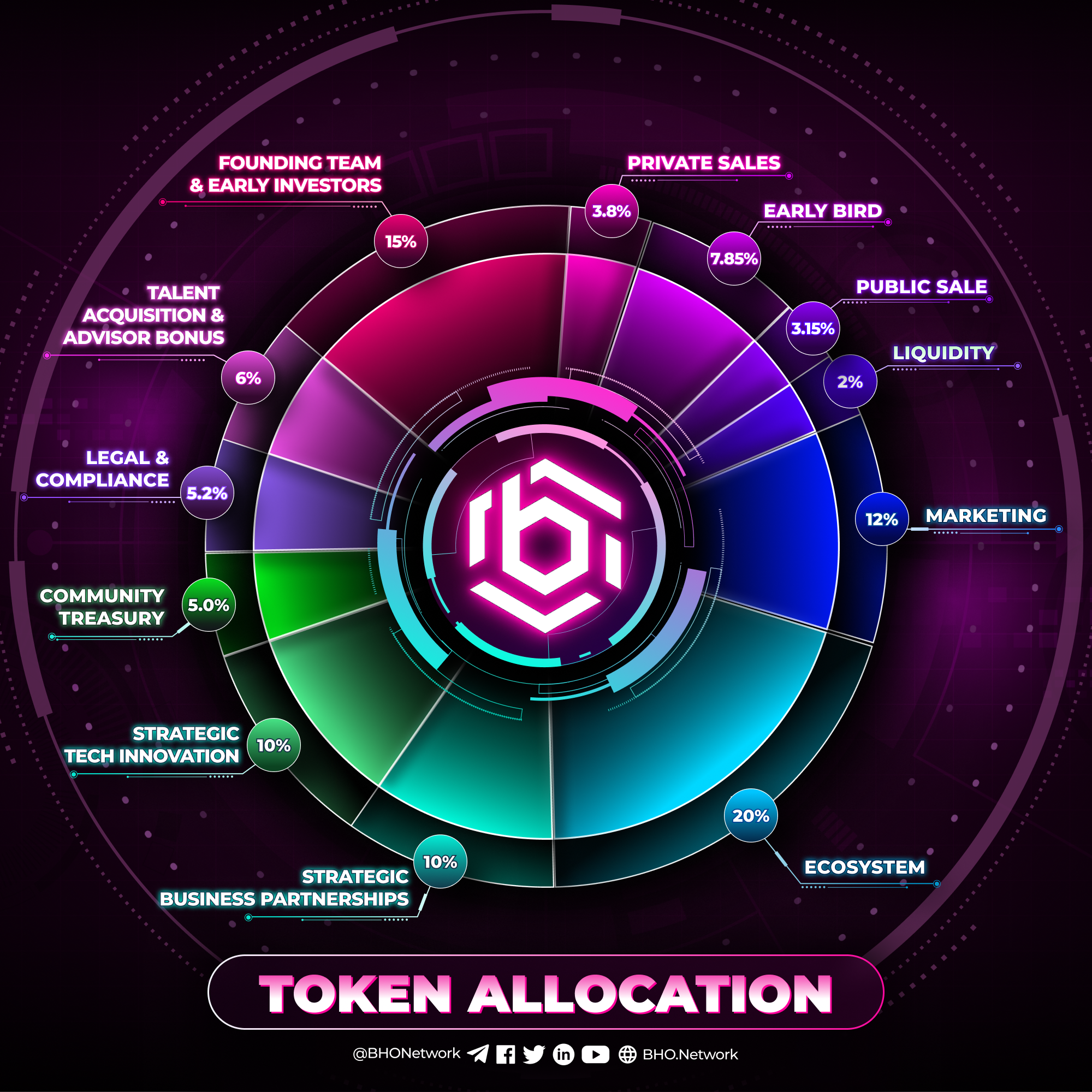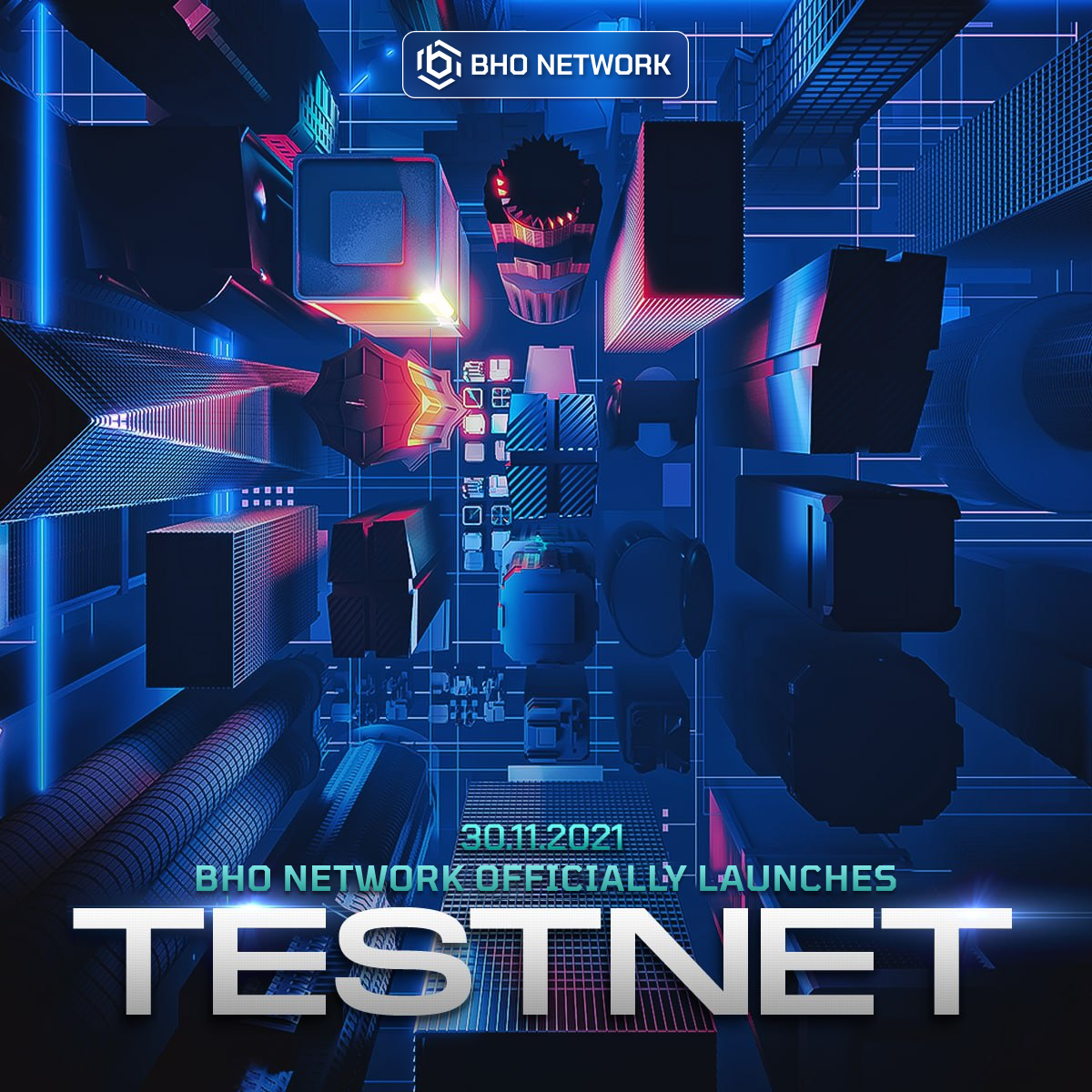WHAT IS COMMUNITY TAKEOVER (CTO)?
In the world of cryptocurrency, where decentralization and community empowerment are central tenets, the term Community Takeover has gained significant attention. This concept reflects a pivotal shift where a blockchain project transitions from being managed by its original developers or founding team to being governed and driven by its community. This dynamic process highlights the strength of collective ownership and the resilience of decentralized projects.
A Community Takeover can take many forms, but at its core, it signifies the redistribution of power. Decisions about the project’s future—whether related to development, governance, or funding—are handed over to the hands of its users and supporters. This shift is often facilitated by decentralized governance mechanisms such as DAOs (Decentralized Autonomous Organizations) or token-based voting systems, ensuring that those with a vested interest in the project have a voice in its direction.
Why Do Community Takeovers Happen?
-
Decentralization Goals - Decentralization is a foundational principle of blockchain technology. A Community Takeover reinforces this ideal by ensuring that no single entity has undue influence over the project.
-
Team Exit or Transition - The original developers might exit due to financial constraints, burnout, or a desire to move on to other ventures. Rather than shutting down, transitioning to the community allows the project to thrive.
-
Crisis Recovery - In some cases, a project may face issues like a declining user base, financial mismanagement, or reputational damage. A community-driven revival can restore trust and reinvigorate the ecosystem.
Examples of Community Takeovers
One of the most well-known examples of a Community Takeover is Dogecoin. Originally created as a lighthearted joke, Dogecoin’s founding developers eventually stepped back, leaving the project without a dedicated leadership team. Yet, the community rallied. With a shared enthusiasm for the cryptocurrency’s playful image and potential, they breathed new life into the project, even attracting high-profile advocates and pushing Dogecoin into mainstream awareness.
Another significant example is the transition from Steem to Hive. After the Steemit platform was acquired by the Tron Foundation, concerns over centralization and governance arose. In response, the Steem community forked the blockchain, creating Hive—a community-driven alternative that reflected their commitment to decentralization and transparency.
How Does a Community Takeover Work?
The mechanics of a Community Takeover vary depending on the project and the circumstances, but some common themes emerge. Typically, the process begins with the establishment of a decentralized governance system. This can take the form of a DAO, where decisions are made through proposals and on-chain voting by token holders. Such systems ensure that control is distributed across the community rather than concentrated in a single entity.
Once governance is in place, the community may organize itself into committees or working groups, each focusing on specific aspects of the project, such as development, marketing, or strategic partnerships. Funding often becomes a critical aspect of the transition, with treasuries supported by transaction fees, token inflation, or voluntary contributions playing a vital role in sustaining operations.
Despite their promise, Community Takeovers are not without challenges. Coordination among a diverse group of stakeholders can be difficult, especially in decentralized environments where participants have differing priorities. Financial sustainability is another concern, as communities must secure resources to support development and operational needs. Moreover, the absence of centralized leadership may lead to gaps in expertise or strategic direction. There is also the risk of governance manipulation, where large token holders disproportionately influence decisions, undermining the ideals of decentralization.
The Significance
Community Takeovers embody the essence of blockchain’s decentralized promise: that power can rest not with a single authority but with a collective. They demonstrate the resilience of cryptocurrency projects and their ability to adapt and thrive even in the absence of traditional leadership. For participants and investors, these takeovers represent both opportunities and risks, offering the potential for innovative, community-led growth while requiring careful evaluation of the project’s governance and direction.
In a space defined by its commitment to autonomy and shared ownership, Community Takeovers remind us that the future of blockchain technology lies not in the hands of a few but in the collective will of many. They serve as a powerful example of how communities can unite to preserve, rebuild, and reimagine the projects they care about most.
Published on November 29, 2024







